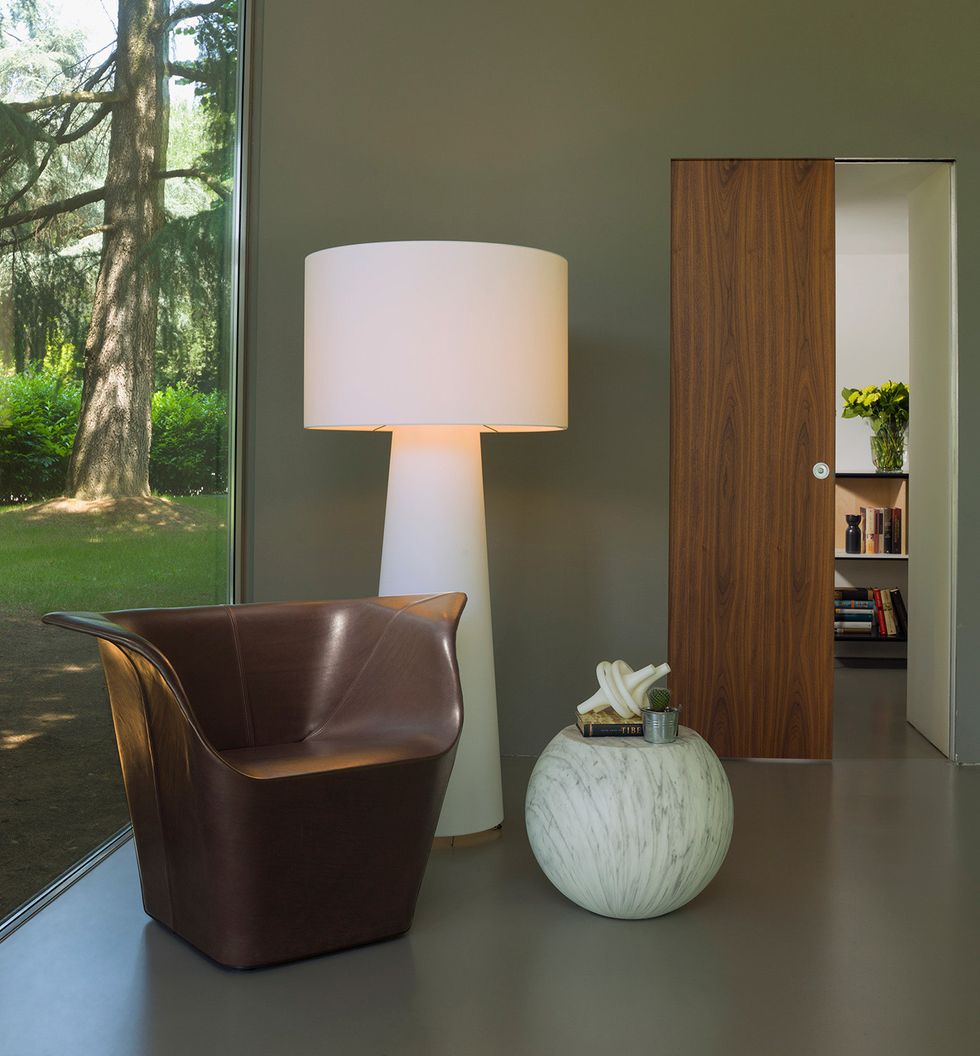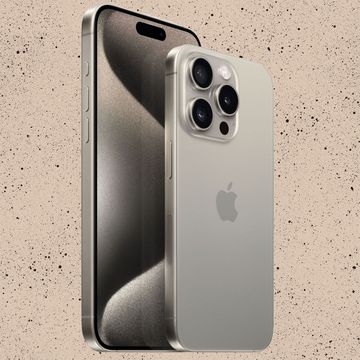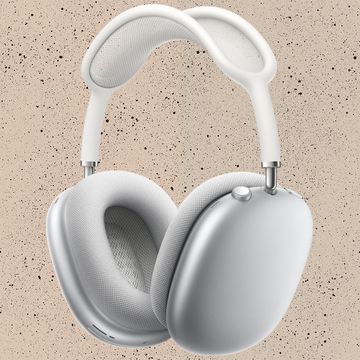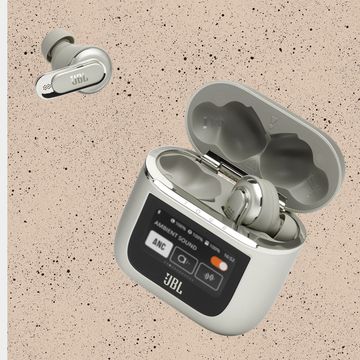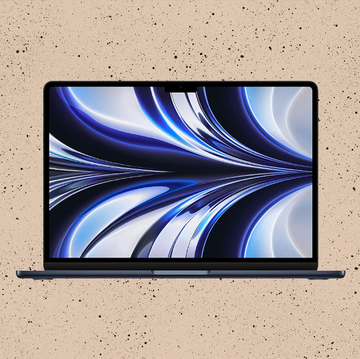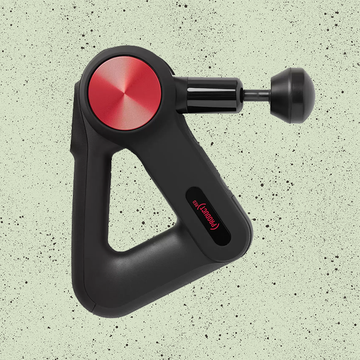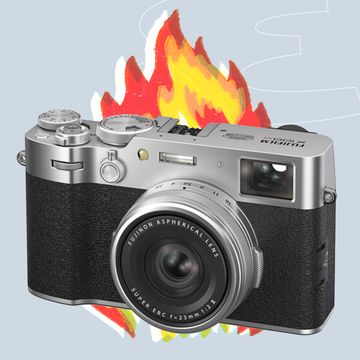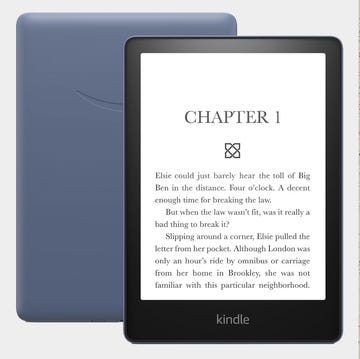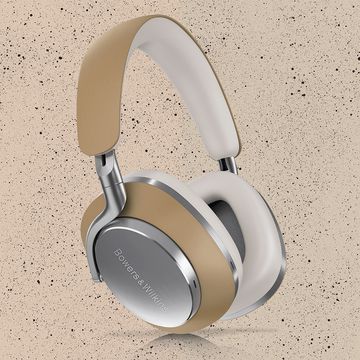Never boring but never wacky the Italian interior design firm Cappellini has been setting the global standard for modern furniture, lighting and home accessories since 1946. Known for its eclectic vision and willingness to work with designers big and small, Cappellini’s collections have included works by Satyendra Pakhale, Istituto Marangoni, Marcel Wanders, Jasper Morrison and Marc Newson. Named by TIME magazine as one of the world’s top trendsetters, the company is currently overseen by Giulio Cappellini. For Esquire he shares his approach to creative life, global trends and why ‘Made In Italy’ isn’t always a good thing.
Hello Giulio. How’s your year going?
Well, I am a bit tired. I’ve been at Milan Design Week, then New York Design Week, and in June we have the fair in Chicago [Design Chicago]. We are already working on the presentation for September for London [London Design Fair 2019], and for Paris [Maisons&Objet]. And also the Asian market is growing, so I will be in Singapore and China. We are always travelling. But anyway, that’s good! Travelling is important. It’s where you see new ideas being taken on.
How has global style changed?
I think the approach to design is completely different from the past. Then, you would make a product and try and sell it in Europe but now you have to think of a new product as being ready for the world. Also, in the past, it was more residential works and now the reality is hospitality lounges, offices… whether that’s in North America, or the Far East. People have become very, very interested in design for public spaces. Maybe even more than for residential. People want to express themselves with their whole environments.
Why is that?
I think it’s a natural evolution. In the last ten years the landscape of the office, for example, has changed completely. It used to be a very, very cold space, with a white laminate desk and a black leather chair. Now headquarters are like campuses. It’s absolutely not true that people spend less time in offices: they’re spending more and more time in offices! It’s a very interesting period.
And presumably a good time to be in business?
Yes! The market is changing, maybe less so in Europe, but all the new countries are really very interesting. The rate of change is very, very quick.
Cappellini is particularly known for pioneering new trends.
To be innovative today is not only to invent new shapes, because most of the shapes have already been done in the Fifties and Sixties, but today you work on your materials, and your production system. Maybe you use materials that have never been used for interiors. This innovation is the thing that sets you out as a trendsetter. We always try to encourage the use of new materials. Because when you do something you have to do it better than it was done 20 years ago.
The other thing you’re known for is mixing styles: modern, traditional, industrial. How do you make it work?
We are very eclectic. We mix the organic shapes of Marc Newson or Tom Dixon with someone more minimalist. My role as art director of Cappellini is to try and create connections while respecting the spirit of all these different designers. But then to make a product that is really Cappellini. Freedom is really the main trend of Cappellini.
Why has the company endured?
Because we always try to discover new talent, worldwide. So, for instance, 20 or 30 years ago I started to work with Tom Dixon and Marc Newson and many others who were totally unknown. But they were my brothers! We really like finding new interesting people. Often asked to present prizes, or I go visiting universities as a professor, and it’s always good to meet young people. You always discover something. Eastern counties, Western countries, anywhere in the world. You can always find someone good.
Can you switch off? Or are your forever walking into a hotel and thinking ‘I’m not sure about that sofa’
I don’t really switch off. When I watch movies, often I don’t remember the story of the movie… but I remember the aesthetic. Beauty is more important than anything.
Is there one thing that upsets you in the design world?
I think things are generally okay, but sometimes there is not enough innovation. You have to take risks. In Italy there are too many companies working only on the lifestyle element. The role of a design company is to create long sellers, not best sellers. You’ll see [the same product] in the market after 10, 20, 30 years. Just maybe in a new palate of colours. To do a product then after ten years it’s finished – no.
Are we all more design literate now?
When people used to buy ‘design’ they meant a table or a chair. Now they also buy design when they buy a computer or a car. They pay more attention to design and it’s really important that they do. Now people talk about the design of furniture in a hotel or a lounge or a bank. They’ve become much more confident with products. Plus today it’s easy to find out what is going on in Milan, New York, London. In the past it was completely different.
Style or comfort?
You have to make products [that are pleasurable to] look at but that also become part of your life. People buy products they use everyday. They’re not buying a painting or a sculpture. They have to become part of your life.
Why are Italians so stylish?
You know, I think we have a long history. We have a lot of beautiful things, from buildings to materials. But the realty is the craft – and it is becoming more and more difficult to find good artists, working in different materials. The same is true for design as it is for haute couture. When we speak about ‘Made in Italy’ I always say we do fantastic things but we also do horrible things! So I think we have to be careful. But for sure we are fortunate. Fortunate enough to have an amazing heritage of fantastic things.
cappellini.com

